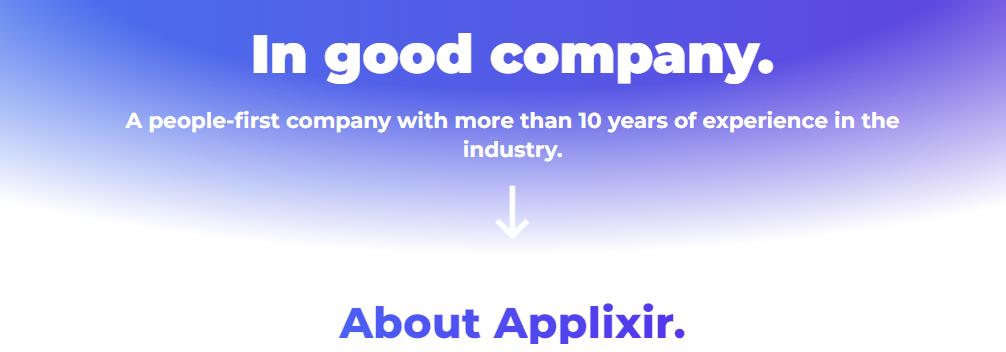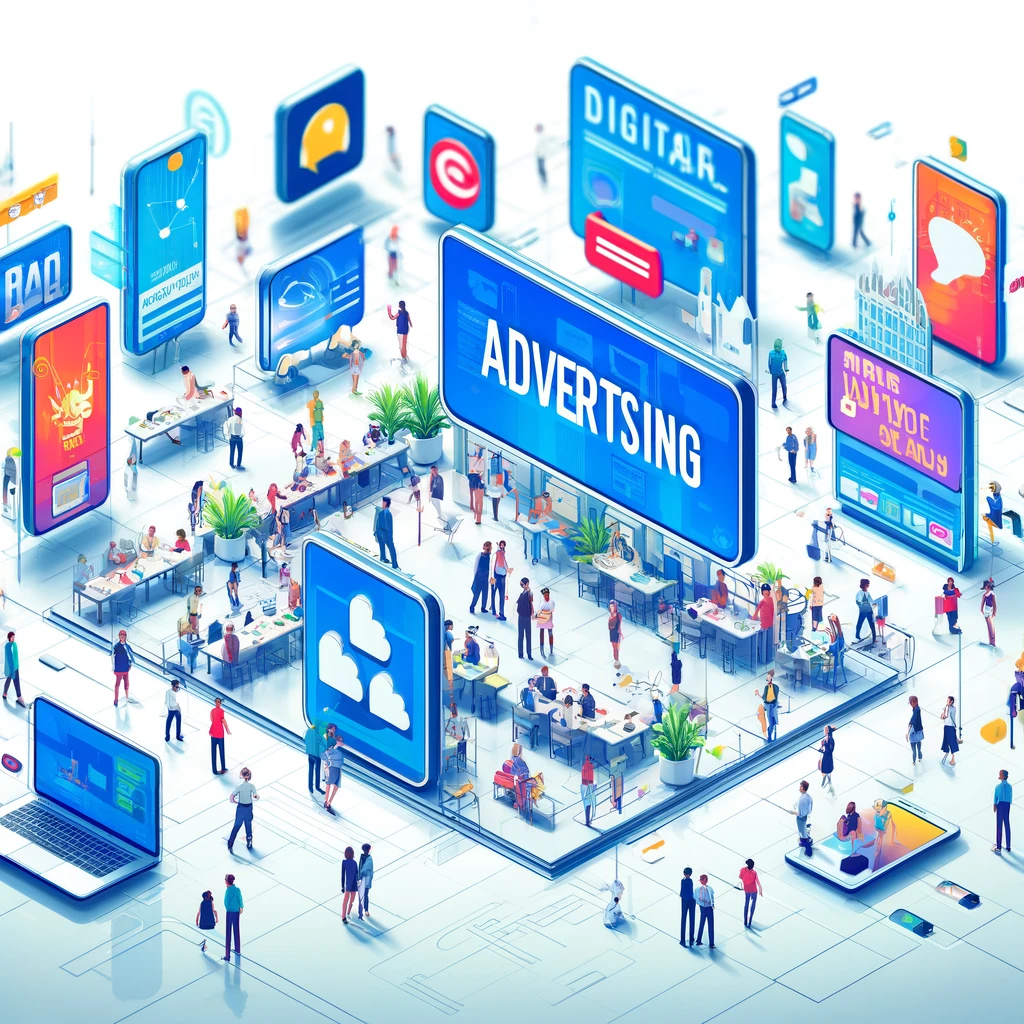Where is “Digital-Ad-Money” Flowing ?
Contents
225 billion in Digital Ads
Despite industry uncertainty around proposed privacy legislation, loss of attribution, and general economic uneasiness, advertisers continued to spend heavily on digital advertising in 2023.
According to the Interactive Advertising Bureau (IAB) report, advertisers spent a record-setting $225 billion on digital advertising in the US last year, representing a 7.3% year-over-year increase. While this growth rate was slower compared to previous years, certain digital ad formats saw significant gains.
Retail media revenue jumped 16.3% year-over-year to $43.7 billion, video advertising revenue grew 10.6% to $52.1 billion, and audio advertising surged 18.9% to nearly $7 billion. Social advertising also saw an 8.7% increase, reaching $64.9 billion. However, the bread and butter of digital advertising – search and display – saw more modest growth of 5.2% and 4% respectively, reaching $88.8 billion and $66 billion.
Key Driving Forces
Key factors that contributed to the growth of digital advertising in the US include:
- Shift to digital media consumption: The rise of mobile devices, social media, and streaming platforms has led to more consumers spending time online, driving advertisers to shift their budgets towards digital channels.
- Targeting and personalization capabilities: Digital advertising allows for more precise targeting and personalization of ads, enabling advertisers to reach their desired audience more effectively.
- Programmatic advertising: The growth of programmatic advertising, which uses automation to buy and place ads, has improved ad performance and driven higher engagement rates.
- Retail media advertising: Retail media advertising, where brands advertise on e-commerce platforms, saw a 16.3% year-over-year increase, reaching $43.7 billion in 2023.
- Growth in video and audio advertising: Video advertising revenue jumped 10.6% year-over-year to $52.1 billion, while audio advertising grew 18.9% to nearly $7 billion, driven by the popularity of streaming and podcasts.
- Diversification of digital ad platforms: While Google and Facebook still dominate the digital ad market, new platforms like TikTok are attracting more advertisers, especially among younger audiences.
- Overall economic growth: The US advertising industry’s short-term outlook is bright, with total ad spend projected to grow to more than $400 billion in 2023.
The shift in consumer behavior towards digital media, the enhanced targeting and personalization capabilities of digital ads, and the growth of new ad formats and platforms have all contributed to the significant expansion of digital advertising in the US market.
Key Challenges
Following on Where is “Digital-Ad-Money” Flowing ? post, here are some key challneges. The key challenges facing advertisers in the digital landscape include navigating privacy changes, adapting to new media platforms, understanding shifting consumer behaviors, reducing ad intrusiveness, measuring ROI effectively, and maintaining a culture of innovation.
 Key challenges that advertisers are facing in the digital advertising industry include:
Key challenges that advertisers are facing in the digital advertising industry include:
- Adapting to changes in privacy regulations and data collection:
- The phasing out of third-party cookies by Google and data collection limitations on iOS devices by Apple are creating challenges for targeted advertising.
- Advertisers need to find new ways to track and target consumers while complying with evolving privacy regulations.
- Navigating the growth of streaming and connected TV (CTV) platforms:
- The rapid growth of CTV has created opportunities, but also challenges around fraud and measurement.
- Advertisers must adapt their strategies to effectively reach audiences across the fragmented streaming landscape.
- Addressing changes in consumer behavior and preferences:
- Inflation and rising costs of living are affecting consumer shopping habits, with people seeking more value and alternatives.
- Advertisers need to track changes in user behavior and improve personalization to stay relevant.
- Reducing the intrusiveness of advertising:
- Aggressive ad formats like pop-ups and auto playing videos are degrading the user experience and hurting conversions.
- Advertisers must explore less disruptive native advertising and personalization strategies.
- Effectively measuring return on investment (ROI):
- Demonstrating the value of marketing efforts and advertising spend can be challenging, especially with long sales cycles.
- Advertisers need to use advanced analytics tools to accurately track and measure ROI.
- Staying innovative and adapting to evolving digital trends:
- The industry’s rapid evolution requires continuous innovation and the ability to quickly adapt to new technologies and platforms.
- Advertisers must foster a culture of innovation and creativity to stay ahead of the competition.
Rewarded Video Ad Monetization
Beofre I wind down “Where is “Digital-Ad-Money” Flowing ?’ post, here’s how rewarded video ads can help address the issue of intrusive advertising. Regarding the challenge of reducing the intrusiveness of advertising, rewarded video ads can be a useful strategy for advertisers to explore. Here’s how rewarded video ads can help address the issue of intrusive advertising:
- Improved User Experience
- Rewarded video ads offer a value exchange – users voluntarily watch a short video ad in exchange for a reward, such as in-game currency or content.
- This opt-in approach is less disruptive than interruptive ad formats like pop-ups or auto playing videos, as users choose to engage with the ad.
- By providing a positive user experience, rewarded video ads can help improve brand perception and increase user engagement.
- Increased Conversions
- Studies have shown that rewarded video ads can lead to higher conversion rates compared to other ad formats.
- Users who choose to watch a rewarded video ad are more likely to be engaged and receptive. That leadis to better campaign performance.
- The voluntary nature of rewarded video ads also reduces the risk of ad fatigue or banner blindness.
- Personalization Opportunities
- Rewarded video ads can be personalized based on user preferences and behavior, making the ads more relevant and less disruptive.
- Advertisers can use data from rewarded video interactions to better understand their target audience and optimize their campaigns accordingly.
- Increased Revenue Potential
- Rewarded video ads can provide a valuable revenue stream for publishers. Users are often willing to engage with ads in exchange for in-app rewards or content.
- This monetization model can help support the development of high-quality, free-to-play content and services, benefiting both users and advertisers.
By leveraging rewarded video ads, advertisers can address the challenge of intrusive advertising and provide a more positive user experience. AppLixir is here to help!.




